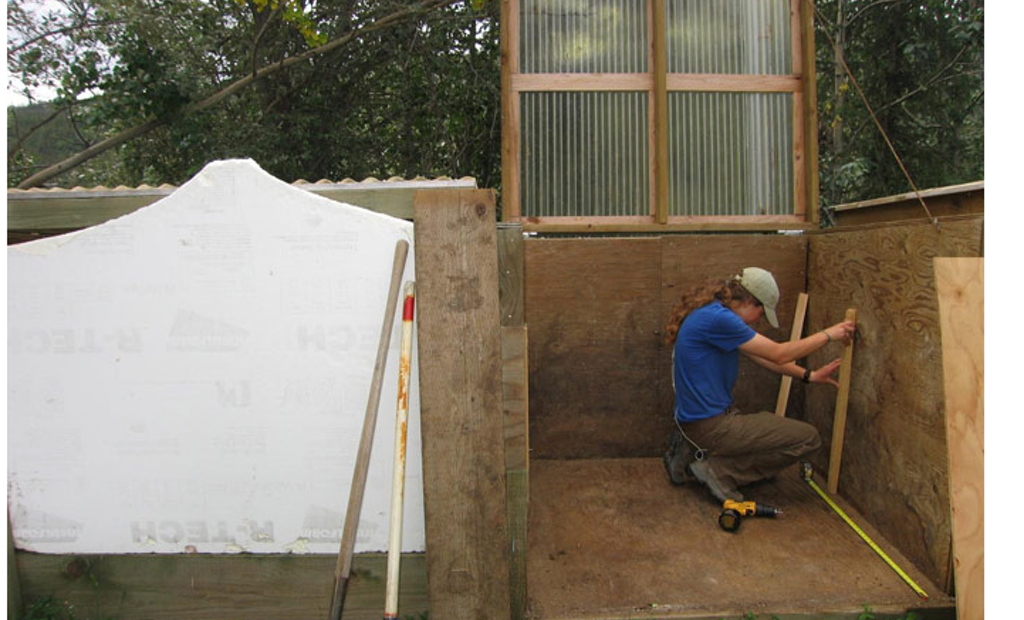America's 78 million-plus dogs collectively deposit 10 million tons of waste per year. That is enough to fill over 268,000 tractor trailers. Recently, a new device that can be easily installed on a building sewer clean-out hit the market. The device, shown in the photo, was developed by a plumber to provide easy access to place dog waste into your sewer or septic line. After placing dog waste into the line, water is added to “flush” the line. Undoubtedly septic professionals will get questions from property owners concerned about their lawns or the environmental impact of dog waste in landfills.
Here are the problems this could create:
- Most septic systems are not designed for animal waste, and many septic regulations prohibit anything other than human domestic waste from entering the system.
- Depending on the size of the dog and the number of dogs, this may increase the need for maintenance and potentially overload the system.
- With larger breed dogs, the waste could cause clogs, particularly in older building sewers with compromised pipe diameters (i.e., cast iron rusted from the inside) and/or tree root issues. Inlet baffles could also become plugged, which could result in backups in the home.
Especially in urban environments where runoff of pet waste is more likely, it is critical that dog waste be picked up and properly disposed of. If a property owner wants to deposit pet waste into their septic system and the local regulations allow it, a septic professional should assess the system to ensure it can handle the additional load.
For property owners looking for an alternative to landfilling pet waste, you can refer them to the factsheet developed by Natural Resources Conservation Service on composting pet waste. Property owners can either purchase a unit or make their own. This document has great information including risks, tips and a tracking sheet to monitor the compost pile. This compost will not be able to be used for edible gardens, but it could be used in flower beds and around trees and shrubs.
Another option could be a wormery, which is similar to composting but contains worms that assist in the process and therefore is a lot faster. Many of the commercial systems can process well over half a pound of waste a day once up and running.
About the author: Sara Heger, Ph.D., is a researcher and educator in the Onsite Sewage Treatment Program in the Water Resources Center at the University of Minnesota, where she also earned her degrees in agricultural and biosystems engineering and water resource science. She presents at many local and national training events regarding the design, installation and management of septic systems and related research. Heger is the president elect of the National Onsite Wastewater Recycling Association, and she serves on the NSF International Committee on Wastewater Treatment Systems. Ask Heger questions about septic system design, installation, maintenance and operation by sending an email to kim.peterson@colepublishing.com.






